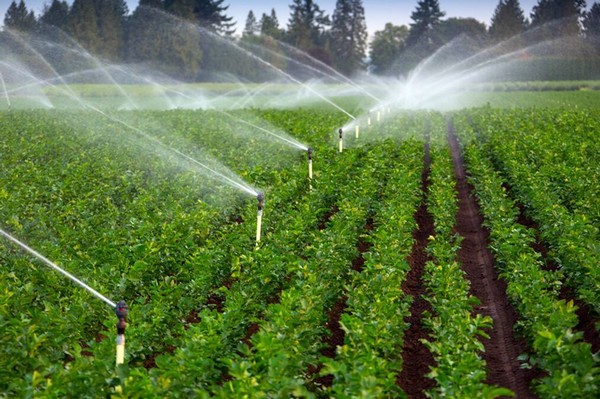Egypt is set to pump Nile water to irrigate New Valley. This work will allow the revival of a project aiming at the restoration of agricultural lands in the New Valley.
The authorities have chosen Hassan Allam Holding to build new facilities to pump Nile water from Mostakbal Misr. The station will be able to pump 7 million m3 of water for the restoration of agricultural land in the New Valley. Hassam Allam’s contract also includes the construction of ten tunnel crossings under El Khatatba, Manshiat El Kanater, El Riiah El Behairy Canal, El-Manashy Railway, and El Riiah El Nassery Canal.
“This new project is part of Egypt’s ambitious plans to cultivate and reclaim large tracts of land in the New Delta region of Egypt’s Western Desert to expand the country’s agricultural footprint,” said Hassan Allam Holding.
New Delta
The New Delta is a major project launched in 1997 by former Egyptian raïs Hosni Mubarak to increase the amount of arable land in Egypt from 6% to 35%. Touted as historic at the time, the project consists of a system of canals designed to divert water from Lake Nasser into desert areas of the Libyan Desert. The project was primarily designed to encourage Egyptians to leave the densely populated Nile Delta and seek economic opportunities in the desert south.
From the start of the project, Egyptian authorities relied on pumping water from the Toshka lakes not far from the sudden border. But in the early 2000s, water levels dropped and the lakes’ surface area diminished (as did the neighbouring Lake Nasser) due to the decline in water inflow for several years.
To continue the agricultural project, East Oweinat’s fresh water is pumped from underground aquifers. A non-renewable resource. This underground fossil water accumulated between 20,000 and 5,000 years ago, when the Sahara was much wetter.
The construction of the various water pumping installations has made it possible to exploit 21,000 hectares of agricultural land where alfalfa is grown mainly for livestock. This plant, which is more resistant to poor desert soils, is cultivated mainly by two large farmers. The total irrigated land covers only 10% of the area set by the authorities when the project was launched.








